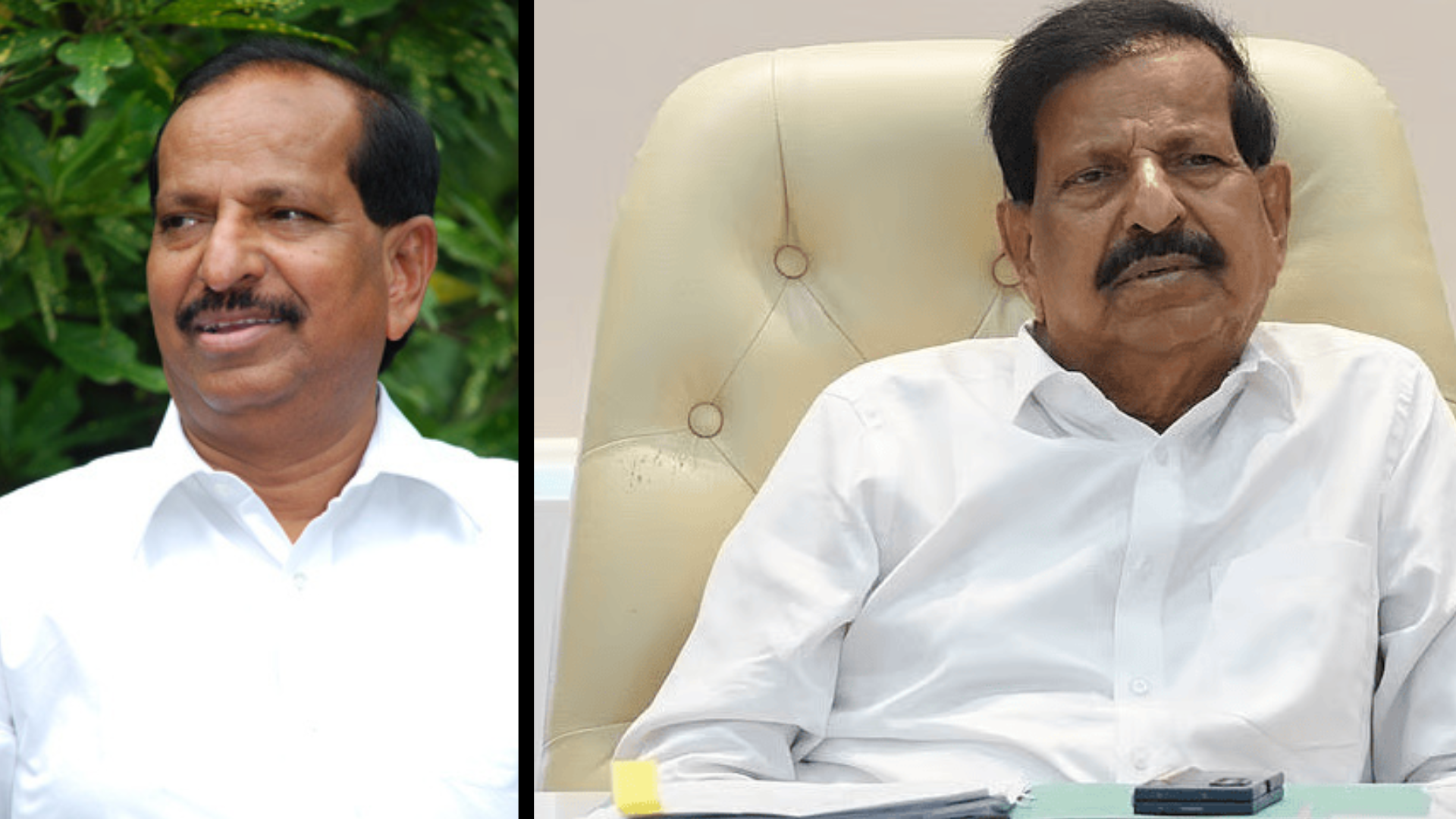The peaceful Baisaran meadow at Pahalgam within Anantnag district of Jammu and Kashmir became the tragic scene of a devastating terrorist assault on April 22nd 2025. A peaceful spring day planned for tourism instead descended into horror when members from The Resistance Front attacked the site. The Resistance Front operates as the offshoot of Lashkar-e-Taiba which has been officially banned by law. After the cancellation of Article 370 in 2019 this incident became one of the deadliest terror incidents in the area with its death toll reaching at least 28 and causing more than 20 injuries. Global attention has intensified regarding the increase of militant activities within the Valley after the Kashmir attack.
The Attack: Timeline and Modus Operandi
At 2:50 PM, a group of militants with military apparel entered Baisaran meadow which Indians call the “Mini Switzerland” through the forest encircling the site. Attacks from the gunmen rained bullets across the crowd of tourists which had assembled at the location. According to eyewitnesses the terrorists conducted religious profiling by making people state Islamic creeds while doing physical inspections to verify their Muslim identity. The attackers specifically chose non-Muslim victims as the targets of their violent assault to reveal a dangerous religious discrimination in the Pahalgam terror attack.
Indian visitors from states like Gujarat, Maharashtra, Tamil Nadu and West Bengal became the twenty-four casualties during this incident. Among those killed were two Kashmir locals in addition to two foreign nationals from Nepal along with two from the United Arab Emirates. Hospitals in Srinagar received several patients whose condition required immediate medical care through helicopter transports.
Claim of Responsibility and Underlying Motives
The Resistance Front declared responsibility for the assault through social media networks after the incident took place. The TRF declared the attack as a defense against what they consider “demographic aggression” carried out by India. The continuous non-local population resettlement in the Valley faces accusations for demographic change from separatist groups that was initially voiced after the dissolution of Jammu and Kashmir special status.
The TRF bases its discourse on the ongoing dispute about land rights and domicile regulations which exists in the Union Territory today. Under the militants’ perspective over 85,000 residents from outside Kashmir have obtained domicile documents since recent times although they view this as an attack on Kashmiri cultural heritage. The terrorists deliberately selected non-Muslim tourists to send a message about the occupation of their region to their own belief. The inflammatory language has activated more attacks in Kashmir.
Government and Security Response
Indian government officials took immediate strong actions after this incident. The official trip to Saudi Arabia by Prime Minister Narendra Modi ended abruptly when he chose immediate departure back to New Delhi. During his televised message Prime Minister Narendra Modi promised to pursue justice for Pahalgam attack perpetrators while resolving that terrorism would not gain control of the situation.
The next day Amit Shah transported to Srinagar to hold a security meeting involving top-level representatives from the army CRPF and native police forces. Border security received boosted support when the official ordered more paramilitary units to maintain law and ordered an extensive investigation to find all those responsible. Additional support arrived when the National Investigation Agency (NIA) joined forces for the investigation.
Telphone support services were established for the families of victims while authorities announced payment to both the deceased and injured individuals. Representatives from the local administration jointly with tourism stakeholders gave public declarations about how they would guarantee traveler security moving forward.
Impact on Tourism and Local Sentiment
The travel industry which sustains Pahalgam and its adjoining areas suffers critically from the attack. Visitors typical surge to Pahalgam region during April and May since the climate remains ideal while nature puts on its spring bloom. Pahalgam suffered double blows when mass bookings slashed following the terror attack as the region continued to recover from post-pandemic tourism losses which now affected the area both financially and emotionally.
The locals who base their survival on tourism express their sadness and anger since they depend on pony tours and handicraft productions and guesthouse accommodations and food stalls. The local people served not just as helpers of those who sustained injuries but also worked together with law enforcement to locate potential escape paths from the terrorists. The residents experience deep betrayal because they understood themselves to protect Kashmir’s traditional kindheartedness along with communal peace.
National and International Reactions
The travel industry which sustains Pahalgam and its adjoining areas suffers critically from the attack. Visitors typical surge to Pahalgam region during April and May since the climate remains ideal while nature puts on its spring bloom. Pahalgam suffered double blows when mass bookings slashed following the terror attack as the region continued to recover from post-pandemic tourism losses which now affected the area both financially and emotionally.
The locals who base their survival on tourism express their sadness and anger since they depend on pony tours and handicraft productions and guesthouse accommodations and food stalls. The local people served not just as helpers of those who sustained injuries but also worked together with law enforcement to locate potential escape paths from the terrorists. The residents experience deep betrayal because they understood themselves to protect Kashmir’s traditional kindheartedness along with communal peace.
Looking Ahead: Security and Policy Implications
The Pahalgam terror attack activates critical questions regarding the readiness of security forces to protect populated tourist attractions in Jammu and Kashmir. The nation asks questions about intelligence capabilities as well as how this major threat escaped detection before its occurrence. The Ministry of Home Affairs performs security audits at all established tourist areas within the region as part of their new directive.
Experts in policy analysis predict that the Pahalgam attack will lead to an evaluation of the present government strategy regarding Kashmir. Although the government launched initiatives for post-2019 normalization through tourism promotion and investment summits the militancy continues to present an active danger to the region. The successful reduction of terrorist threats requires military and political cooperation between security forces and important community members according to expert assessments.
Conclusion
The Pahalgam attack serves as more than a chapter in the extensive terror incidents in Jammu and Kashmir because it represents the unstable nature of peaceful conditions prevalent in areas characterized by conflict. The fatal loss of innocent tourists serves to emphasize that Kashmir needs immediate sustained peaceful solutions. The nation now unites while expressing grief for the Kashmir attack to strengthen defense against hateful ideologies that generate this kind of violence.
Here is how a Pahalgam shopkeeper described Kashmir when he mourned the loss of his two fellow friends in the attack saying “Kashmir stands known for its beauty and love.” We wish the world to perpetually remember our beautiful meadows rather than the bloodshed that stains them.




